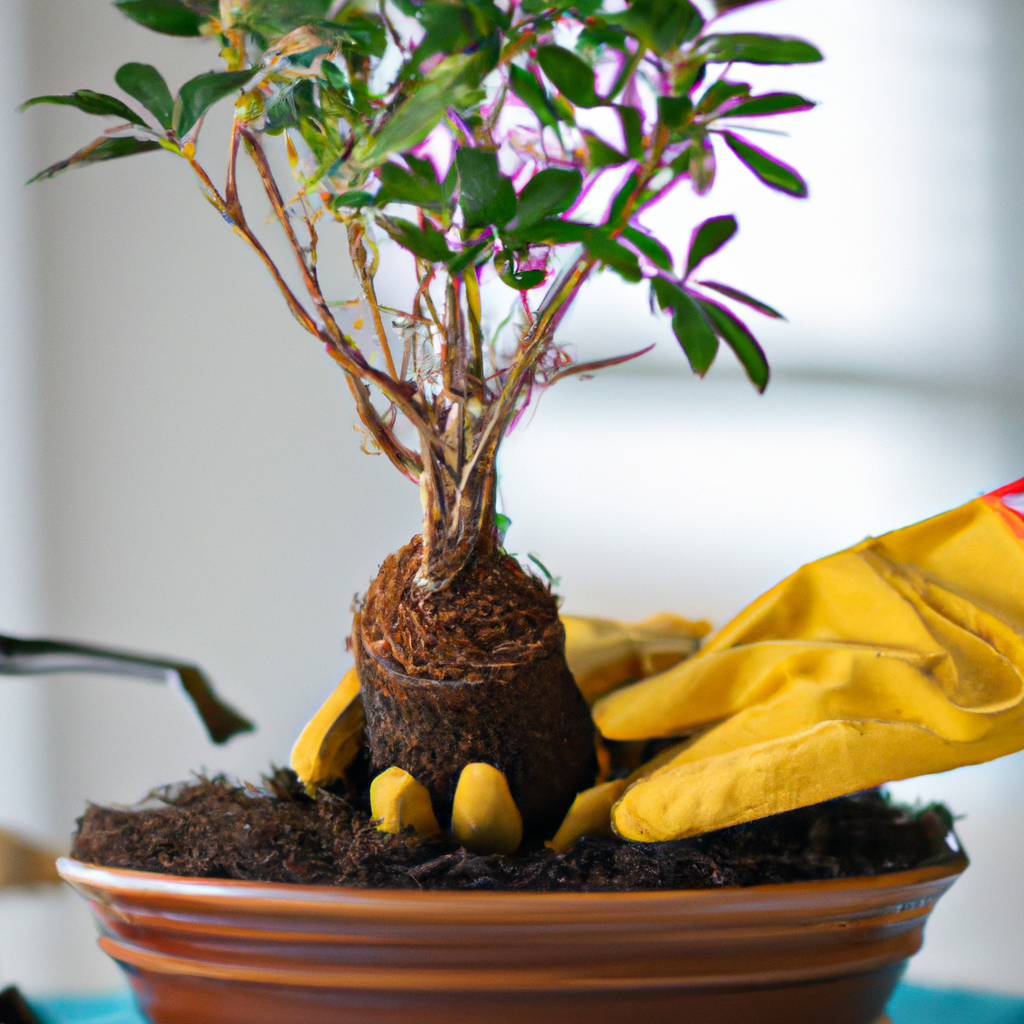Bonsai plants are not only aesthetically pleasing, but they also require a certain level of care and attention to thrive. One important aspect of maintaining the health of your indoor Bonsai plant is knowing when and how to transplant it into a new pot. This process may seem simple at first glance, but there are a number of factors to consider in order to ensure the long-term success of your plant. In this article, we’ll explore the art of transplanting indoor Bonsai plants, sharing tips and tricks from experts in the field and delving into some of the controversies surrounding this practice.
The first step in transplanting your indoor Bonsai plant is to select an appropriate new pot. This should be slightly larger than your current pot, with adequate drainage holes to prevent water from accumulating and causing root rot. Some experts recommend using a pot with a shallower depth than your current pot, as this will encourage the roots to grow laterally rather than vertically, creating a more balanced and aesthetically pleasing shape.
Once you’ve selected your new pot, it’s time to carefully remove your plant from its old container. This can be a delicate process, as the roots of a Bonsai plant are often tightly woven and intertwined with the soil. It’s important to work slowly and carefully, using a pair of scissors or a sharp knife to gently loosen the soil and free the roots from the old pot.
Next, you’ll need to prune the roots of your Bonsai plant. This may seem counterintuitive, but it’s an important step in ensuring the health and vitality of your plant. By removing some of the larger roots, you’ll encourage new growth and prevent the plant from becoming root-bound. Some experts recommend pruning up to one-third of the root system, while others caution against excessive pruning as it can cause stress and damage to the plant.
Once you’ve pruned the roots, it’s time to add fresh soil to your new pot. This should be a high-quality, well-draining soil specifically designed for Bonsai plants. Make sure to fill the pot to the appropriate level, leaving enough room for your plant’s root system and a bit of extra space for watering.
Now comes the controversial part of transplanting your indoor Bonsai plant – wiring. While some Bonsai enthusiasts swear by wiring as a means of shaping and training their plants, others consider it to be cruel and unnecessary. Wiring involves wrapping small wires around the branches and trunk of the plant to manipulate its shape, often over the course of months or even years. While some argue that wiring is necessary to achieve the classic Bonsai shape, others contend that it causes unnecessary stress and can lead to physical damage to the plant.
In the end, whether or not to wire your Bonsai plant is a personal decision that should be made based on your own ethical and aesthetic considerations. With careful attention to detail and a bit of creativity, you can create a stunning, healthy indoor Bonsai plant that brings beauty and serenity to your home for years to come.
